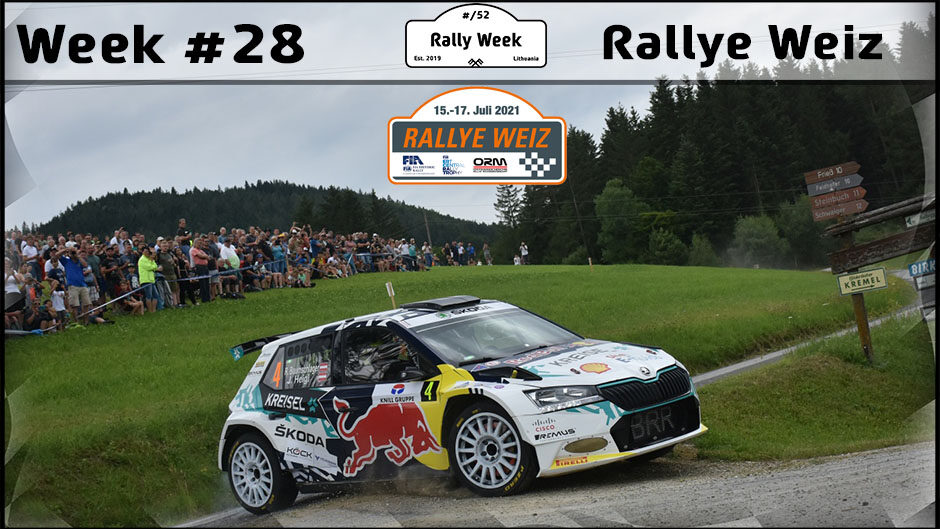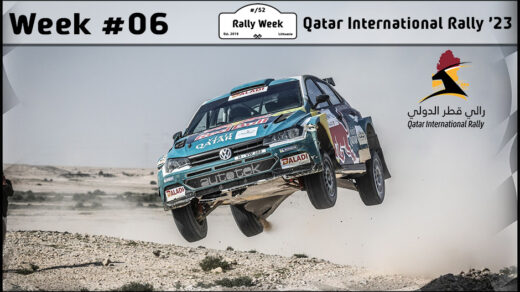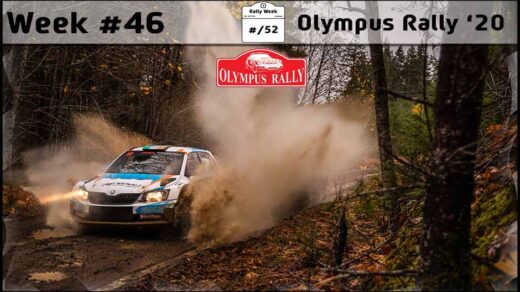This was to be the fifth stage of the Austrian Rally Championship. Only for reasons that are unfortunately almost self-evident, this city in the Styrian region has mobilized the Austrians for just the second round of the championship.



The Austrians were really lucky when talking about special stages. They have their Monte Carlo in early January, fabulous mountain and small-town roads that are covered in asphalt in one place, gravel in another place, and sometimes a little bit of both. Add to that the weather that changes unpredictably in the mountains. With the season opening on gravel, the athletes were wearing slicks last weekend. Rallye Weiz, among other things, fell into the calendar of the ERC Historic Championship, so in addition to modern equipment, the asphalt was polished by historical exhibits. And it’s even a little symbolic, as one car that is probably the new future also drove here. And these two different epochs of history ran in the same stages. But about that a little later.
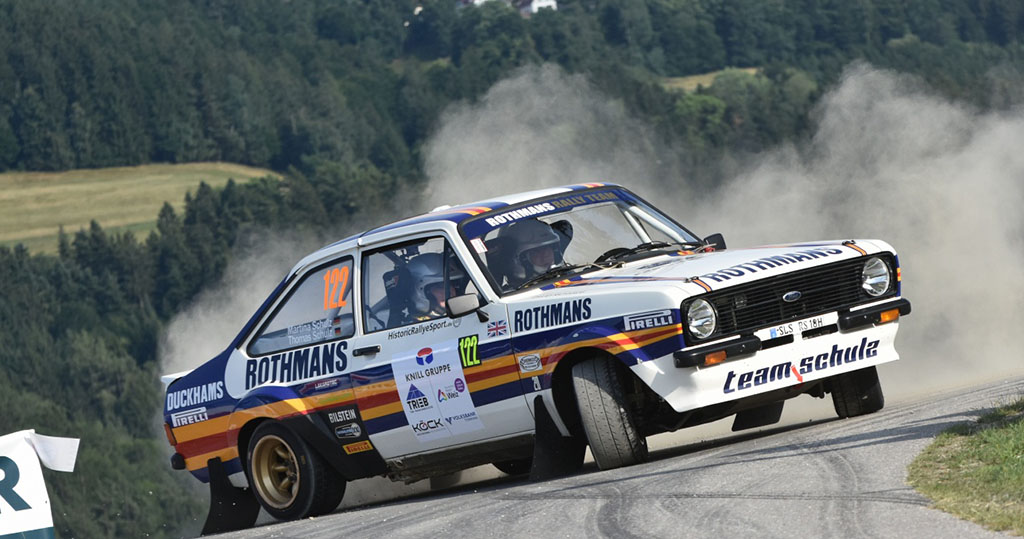
There is nothing very special about the championship title in the Austrian championship in recent years. There in one corner of the ring is Hermann Neubauer, a two-time national champion running with the Ford Fiesta Rally2. Next up is his opponent, Simon Wagner, with the Škoda Fabia R5 Evo, who has yet to raise the main title above his head. And these two racers are constantly battling for victories in the championship. Exactly the same thing happened at this year’s Rallye Weiz until Hermann had an accident in the sixth special stage. Simon Wagner left uncatchable. The closest competitor was a guest from the Czech Republic, the young Erik Cais. Erik trained in Austria before the European Rally Championship in Rome. And the third was the Austrian autosport mohican, multiple champion Raimund Baumschlager. If really, all of this article is solely his fault.
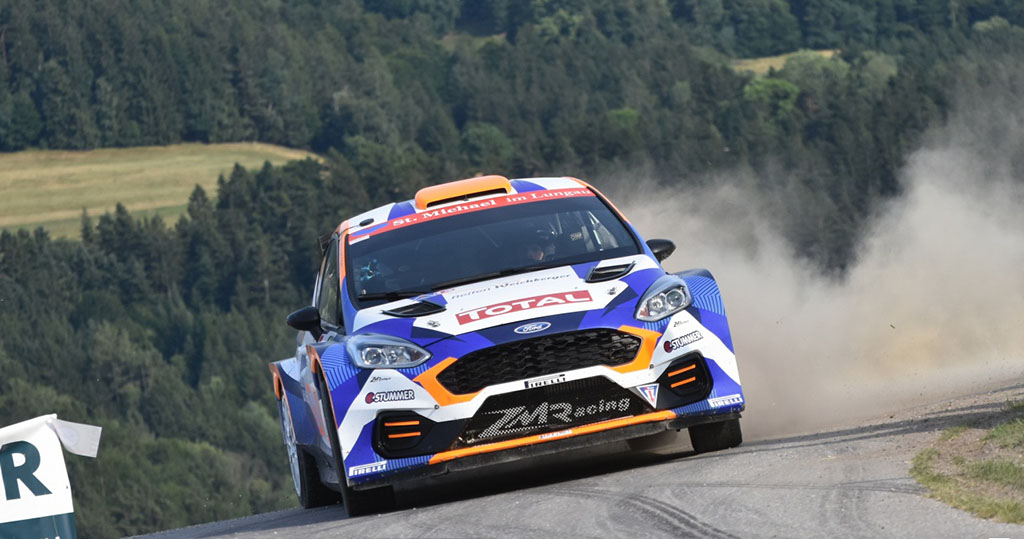
Raimund Baumschlager was driving a Škoda Fabia RE-X1. Although the car looks exactly like the R5 and its speed is very similar to the R5 – it is not this class car. The chassis structure of that car is a bit different, the crew seats there are more similar to the F-1 than to a normal car. That car doesn’t have a clutch pedal, and you don’t have to shift gears while driving in the special stage. Moreover, instead of the Škoda Fabia R5 214 Kw and 425 Nm, this Fabia has an engine of 260 Kw and 600 Nm. And instead of an 82-liter tank for gasoline, the RE-X1 has a 52.5 KW tank for… Electricity.
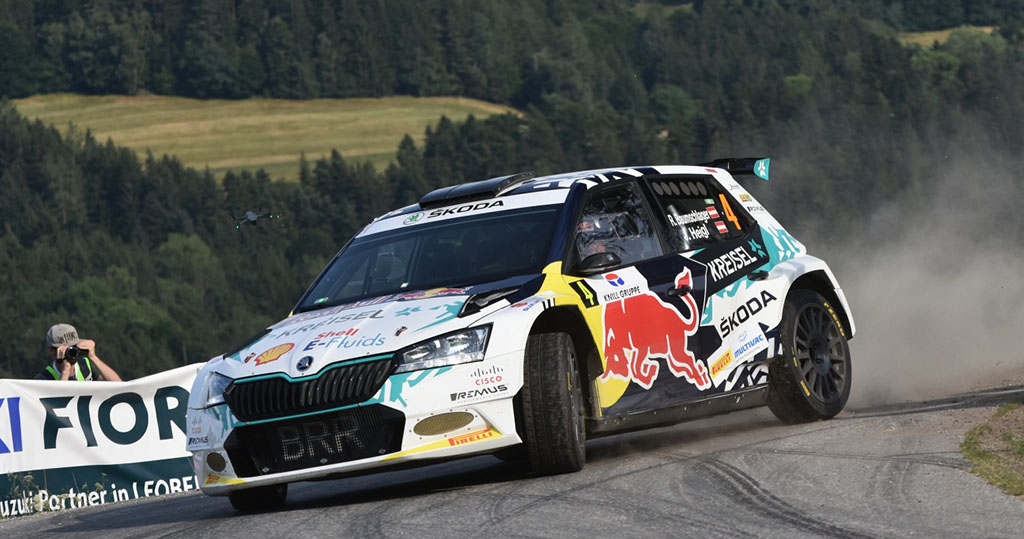
So for the first time in history, an electric car took part in a regular rally, which together with other participants covered the entire rally distance, without any discounts. Only in place of the petrol barrels in the refueling area stood a mobile charging station that could fully charge the batteries of this Škoda in 17 minutes with 860v voltage. The same charging station was parked in the service area. The car received Austrian homologation, power was limited using the BoP formula to equalize the capacity of the current R5 cars and RE-X1. And on the first attempt, the crew climbed the podium with this car. Electrical solutions were made by Kreisel, a company that supplies hybrid systems for the next-generation 2022 WRC cars. The body and other engineering matters were taken care of by Škoda itself, and everything was combined into a whole by R. Baumschlager’s BRR team.
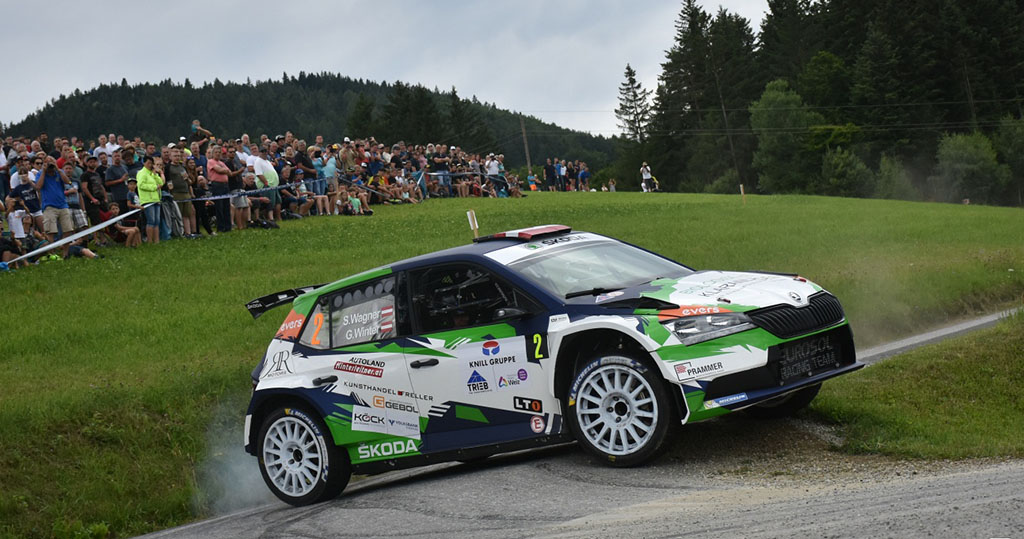
Raimund himself said it was one of the biggest events of his life. Throughout his extremely long and colorful career, he probably hasn’t given as many interviews as he did last week. And no wonder, because it’s one of the events that could potentially change perceptions of rally cars in the coming years. While the inert WRC ship is trying to adapt to the hybrid system, private teams already have solutions for Full EV to enter the special stages. And Raimund was not the first. Hayden Paddon has been driving a Hyundai Kona EV rally car in New Zealand for some time, only the latter has yet to cope the entire rally distance. And the national championships are already full of hybrid cars. And the very first Full EV debut was actually in Germany, in the first round of that country’s championship and it’s called the Opel e-Rally Cup. Thirteen Opel Corsa E-cars started there, only they drove a slightly shorter distance than the usual rally participants. So it wasn’t a full-fledged EV debut like what happened last weekend in Austria.

Mr. Baumschlager mentioned that the car behaves quite similarly to the normal R5. The biggest difference is the maximum power as soon as you press the accelerator pedal. Plus there is only one gear, so it’s pretty hard to predict what speed you’re driving. When driving with a normal R5, the speed can be predicted from the gear and engine revs., while in the electric version, the only option is to monitor the speedometer. And there is not much time to look at it while driving full speed at a special stage. On the other hand, you can hold the steering wheel with both hands at all times and there is no need to whirl between the steering wheel and the gearshift lever.

But for us spectators, one of the most relevant nuances is sound. And the sound… Well, decide for yourself.
Say Thank you and become part of Rally Week:
Photos – IR7.at

